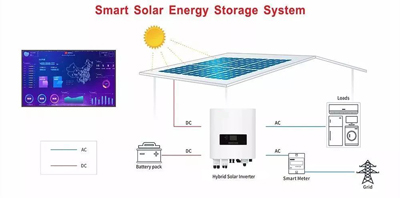Since 2022, electricity prices in major regions of the world have risen significantly under the impact of the energy inflation crisis and geopolitical conflicts in Eastern Europe, and the demand for residential energy storage system is still growing rapidly.

In terms of product performance requirements, on the premise that electrical safety and mechanical safety are met for residential energy storage system, the performance requirements focus on long cycle life, wide temperature adaptability, charge-discharge rates, and high volume energy density.
The high voltage product platform is an important trend in the development of residential energy storage system. The high voltage can reduce the current, thereby reducing the heat release, and improving the discharge efficiency and safety. The capacity of the residential ESS is expected to gradually increase from below 10KWh to above 15KWh.
Residential Energy Storage System Performance Requirements
|
Items |
Performance Requirements |
|
Cycle life |
The warranty period of Residential ESS is generally 8 to 10 years, and the design life is 10 to 15 years. Therefore, the cycle life of the ESS system is generally not less than 6,000 times, and the high-end products are not less than 10,000 times. The battery cycle life tester can perform the cycle life test of ESS batteries. |
|
Wide temperature adaptability |
In areas with great climate change, such as high latitudes, the temperature in winter is as low as -10℃, and the temperature in summer is as high as 40℃, and the temperature difference is large. This requires that the battery cells have wide temperature adaptability and can still be charged and discharged normally in high and low temperature climates. The battery high and low temperature test chamber can provide high and low temperature environment simulation, so as to carry out the battery performance test. |
|
Charge and discharge rate |
Residential ESS is usually used in combination with photovoltaic power generation systems. The battery cells need to meet the needs of charging and discharging in a short time, and the charging and discharging rate is generally 0.5C~1C. |
|
High volume energy density |
The system design of the Residential ESS requires a high degree of integration, and the high volumetric energy density can reduce the ESS's footprint. |
|
System intelligence |
The system status can be monitored in real time, and the charging and discharging capacity can be viewed; external virtual power plants and microgrid systems can be connected. |
WinAck Group can provide Residential Energy Storage System manufacturing solutions such as battery pack production line, battery cell test equipment, battery pack test equipment. Come by, contact us for a solution that can help you succeed. For better batteries, Win & Ack!